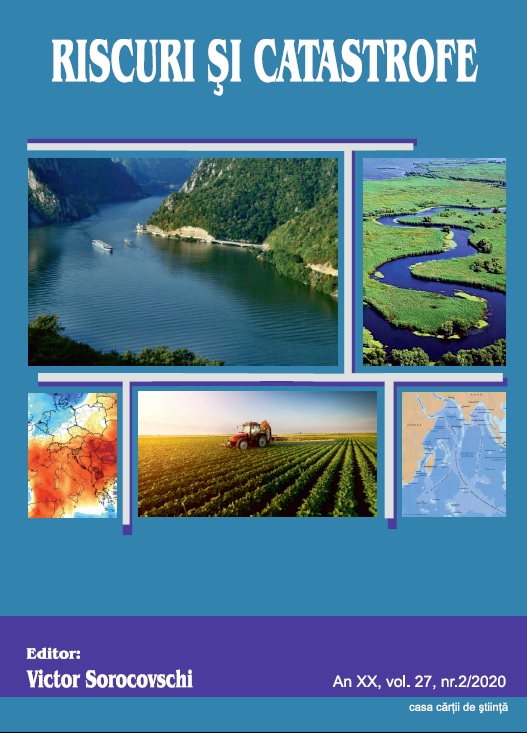Climate anomalies in south-west Romania in the spring of 2020, in the context of climate change
Climate anomalies in south-west Romania in the spring of 2020, in the context of climate change
Author(s): Ion Marinica, Andreea Floriana MarinicăSubject(s): Geography, Regional studies, Physical Geopgraphy
Published by: Editura Casa Cărții de Știință
Keywords: late spring snow;cold air advections;climate anomalies;drought;
Summary/Abstract: The paper analyzes the climatic anomalies in Oltenia that occurred in spring 2020. After the Mediterranean winter of 2019-2020, the spring was excessively early on large areas, and on average very early. As a result, the vegetation started to develop very early, since the first part of March, and the flowering of the early fruit trees took place in the first half of March. In the first two months of spring there were 31 days in which the daily minimum temperatures were negative and there was hoar and frost on the soil surface. Thus, in March, minimum negative temperatures were registered in the intervals: 1.III, 6.III, 16-19.III, 23-31.III, ie 15 days. In April, minimum negative temperatures were registered in the intervals: 1-10.IV, 15-16. IV, 23-25.IV and 27.IV, totaling 16 days. The cooling of the weather culminated with the interval 22-25.III, in which the highest amounts of precipitation were registered in March but also in the whole cold season 2019-2020. There were blizzards that deposited a consistent layer of snow and banks formed, lasting 4 days being the longest in the cold season 2019-2020. The intense cooling of the weather after the warm winters are destructive climatic anomalies. The paper is part of an extensive series of studies on climate variability in southwestern Romania (Oltenia) in the context of climate change (I. Marinică, 2006, 2008; Marinicǎ I., Marinicǎ Andreea Floriana, 2016).
Journal: REVISTA RISCURI SI CATASTROFE
- Issue Year: 27/2020
- Issue No: 2
- Page Range: 49-64
- Page Count: 16
- Language: English

